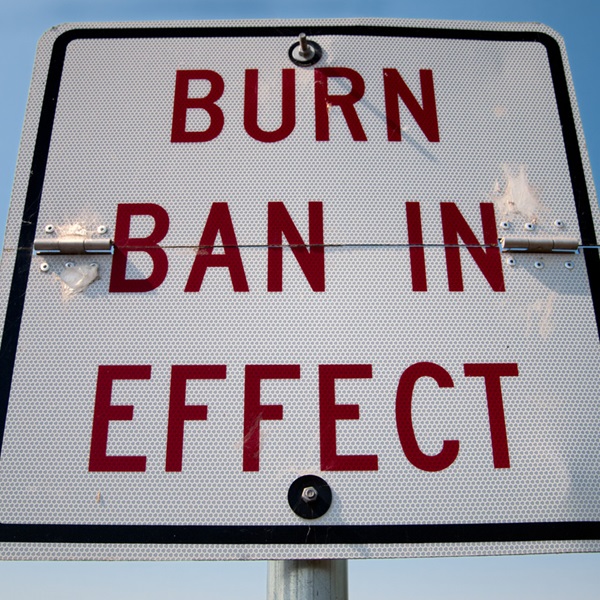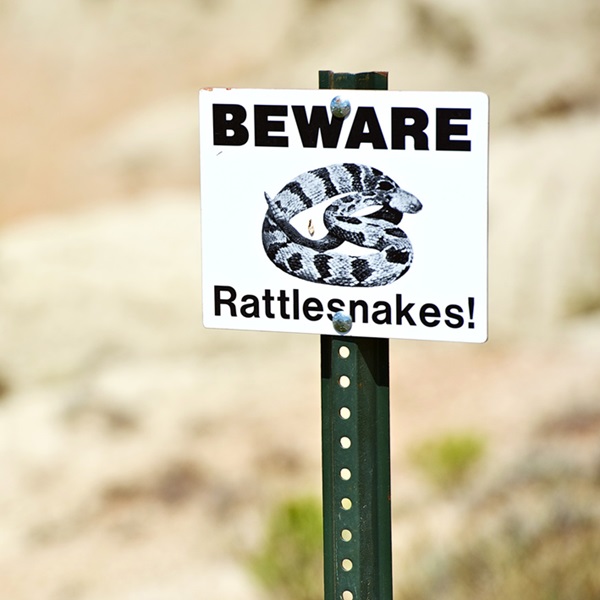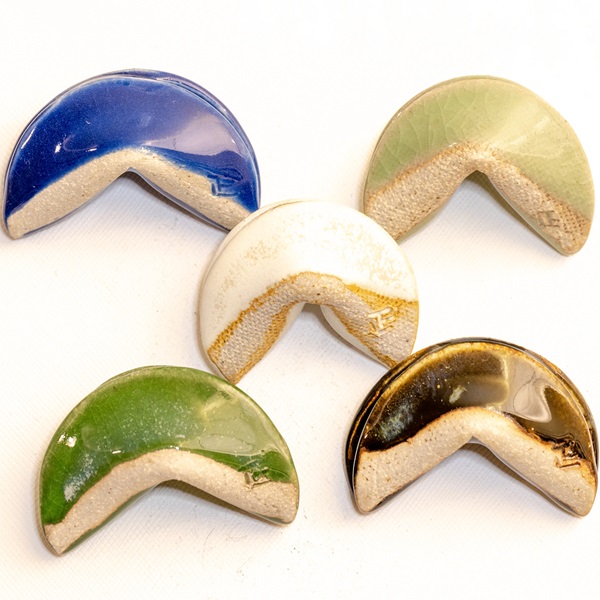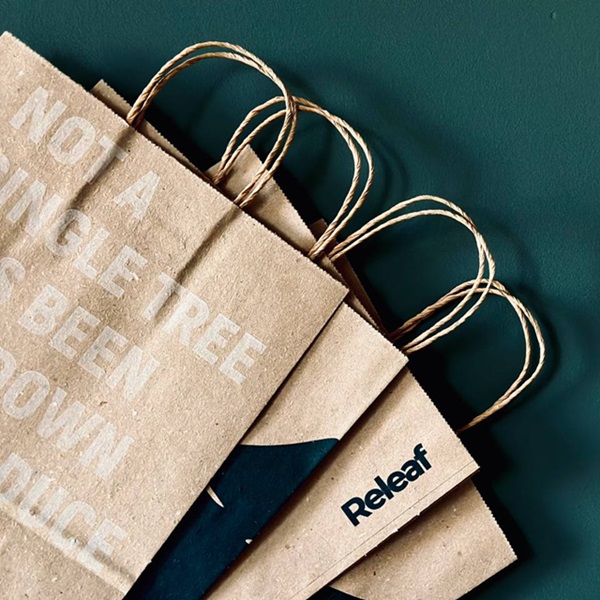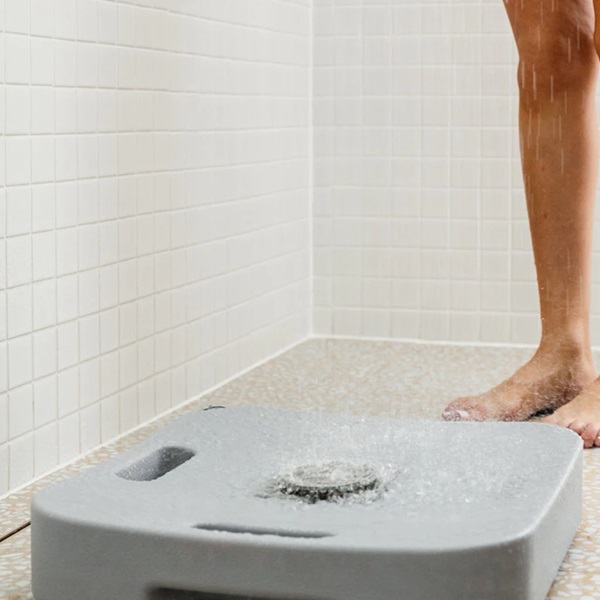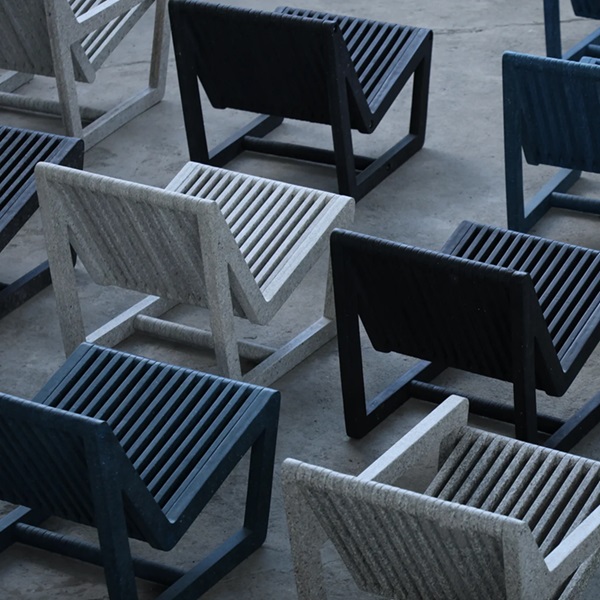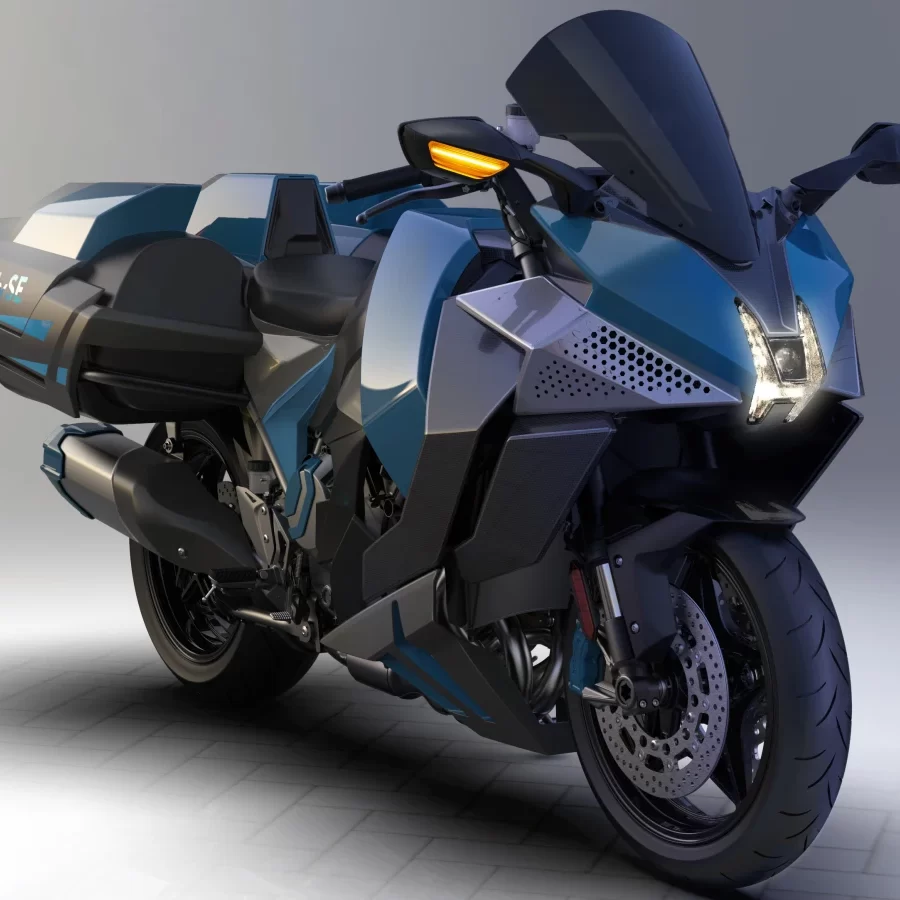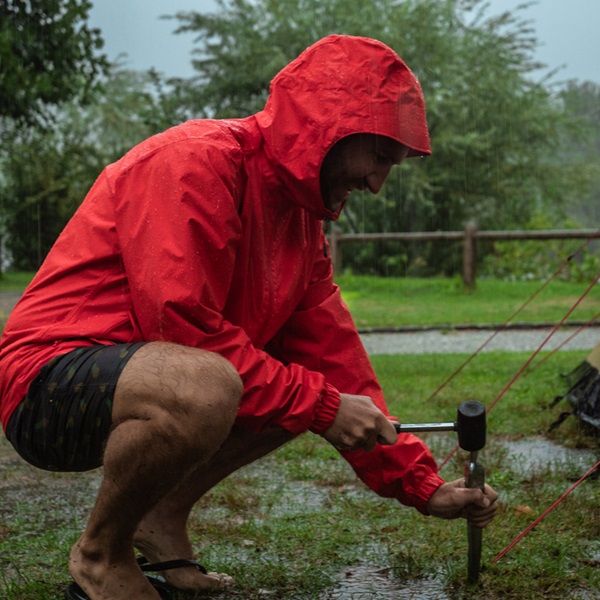
Tent camping allows adventurers to connect with the outdoors in a unique and memorable way. Whether nestled in a forest, beside a mountain stream, or under the starlit sky of a desert, the choice of gear can make or break the experience. For example, the sleeping bag is a must-have for any tent camping adventure. Knowing how to choose a sleeping bag for camping is essential, as it ensures warmth and restorative sleep, regardless of the weather.
Sleeping bags for camping are particularly crucial in colder climates, where the right insulation can protect from the chill, and in transitional seasons, where temperatures can fluctuate significantly. In this guide, we aim to help you with how to choose a sleeping bag for camping if you are a beginner and looking for tips.
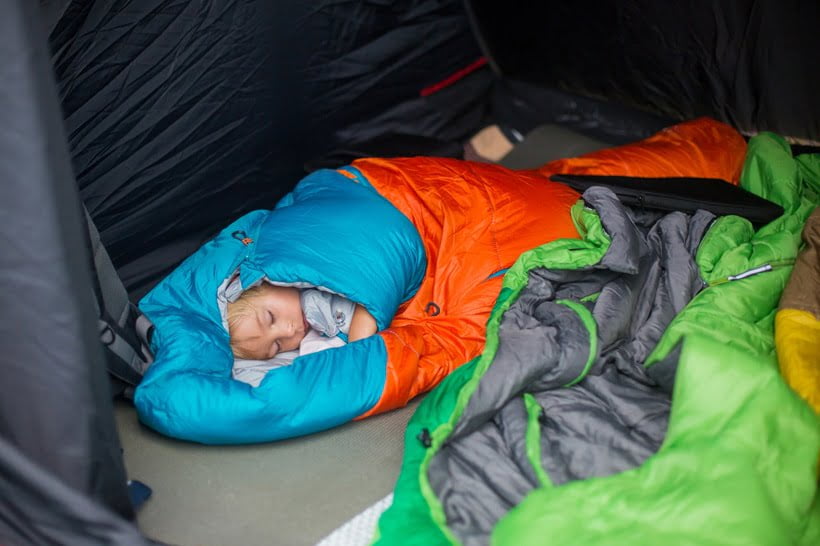
Shapes of Sleeping Bags for Tent Camping
The first question is: Do you need a sleeping bag for camping? Yes, you do! Because a sleeping bag suitable to your body shape ensures your comfort and warmth throughout the night. Especially if you decide to camp in the winter.
In addition, the shape of your sleeping bag is not just a matter of personal preference. It is about its functionality, warmth, and portability.
Rectangular Sleeping Bag for Camping
Rectangular ones are the traditional choice. These sleeping bags offer ample room to move around. They are perfect for campers who prefer not to feel restricted. On the other hand, their spacious design allows for a comfortable night’s sleep. However, they tend to be bulkier and not as effective at retaining heat as other shapes.
Semi-Rectangular Sleeping Bags
These camping tent sleeping bag types are barrel-shaped bags to strike a balance between warmth and space. They offer more room than a mummy bag but are better at heat retention than rectangular bags. In addition, this shape is a great option for those who toss and turn at night but still require a bag that can keep them warm in cooler temperatures.
As a con, they can be slightly heavier and less compact than mummy bags, though.
Mummy sleeping bags
The mummy type can fit the contours of your body. In addition, this sleeping bag for snow camping can minimize air pockets while maximizing heat retention. People consider mummy bags to be the best sleeping bags for camping, as their snug fit and hood design help conserve body heat.
In addition, a mummy camp blanket or sleeping bag is a lighter and more compressible choice for those looking for a camping backpack with sleeping bag.
Double Sleeping Bags for Camping
Double bags are for two people. This design offers a cozy sleeping solution for couples or those who do not mind close quarters. This sleeping bag type provides the warmth and comfort of sharing a bed in addition to the heat from another person.
You should note that double bags can be heavy and bulky. If you have limited space, you may consider compressible bags for one person.
Camping Sleeping Bag Insulation Types
Those who are familiar with outdoor activities know that the insulation of gear is one of the most important things. Because if you do not have proper insulation, both cold and warm weather conditions can be a nightmare for you.
Sleeping bags for cold-weather camping should provide warmth. In addition, sleeping bags with high-quality insulation should be light-weight and compressible. There are two types of insulation you should know about:
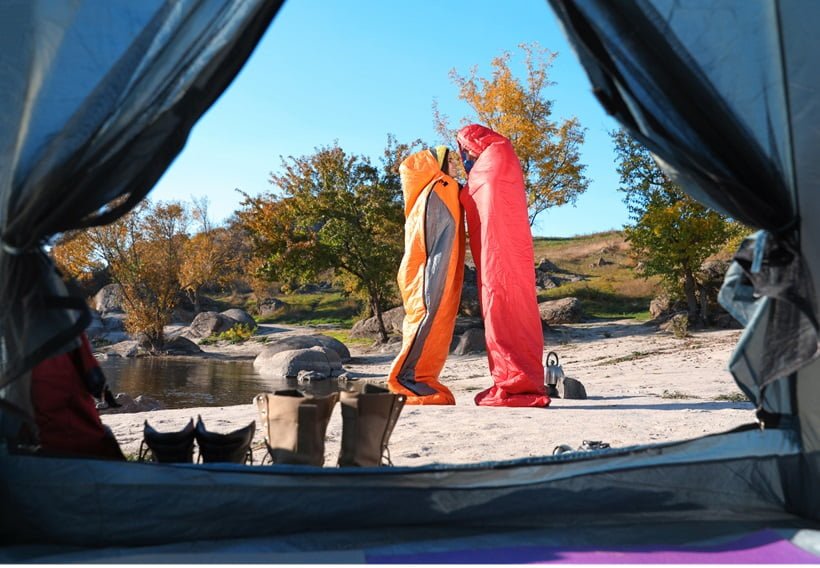
Synthetic Insulation
Synthetic insulation for a camping tent with sleeping bag is made from polyester fibers to mimic the qualities of down while excelling in wet conditions. This type of insulation retains warmth even when wet. This makes it an excellent choice for damp environments or adventures where encountering water is likely.
In addition, synthetic bags are generally more affordable than their down counterparts. They offer a cost-effective solution for campers on a budget. They are also hypoallergenic, which makes them a great option for those with allergies.
However, synthetic insulation is typically bulkier and heavier than down. So it is less ideal for backpacking trips where weight and packability are crucial. Additionally, synthetic fibers tend to break down faster than down, potentially shortening the lifespan of the bag.
Here is a quick summary of synthetic insulation.
Pros of Synthetic Insulation:
- Performs well in wet conditions.
- More affordable
- Hypoallergenic
- Easier to care for
Cons of Synthetic Insulation:
- Heavier and bulkier
- Less compressible
- Shorter lifespan
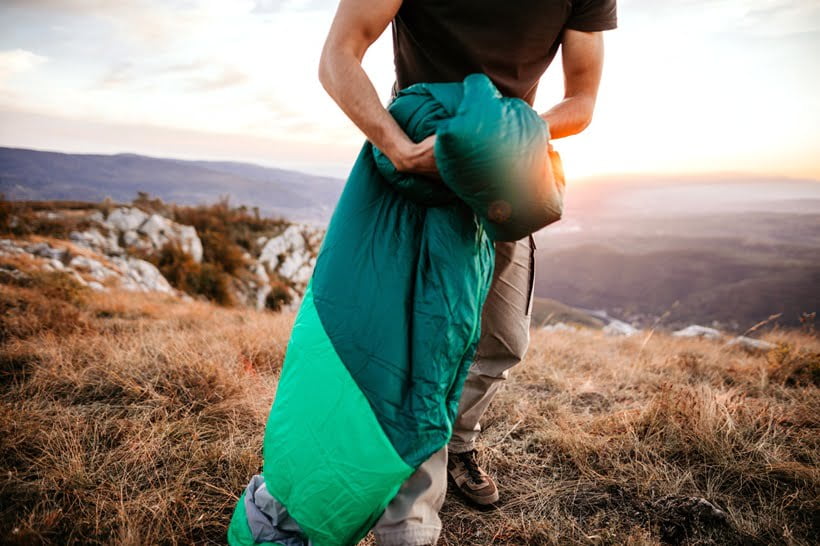
Down Insulation
Down insulation, sourced from the undercoating of ducks or geese, is renowned for its exceptional warmth-to-weight ratio. Down camping tents and sleeping bags are incredibly lightweight and compressible. The lightweight option makes them the preferred choice for backpackers and those looking to minimize their load. The insulating power of the down lightweight camping sleeping bag is measured in fill power, with higher numbers indicating a higher quality of insulation. Down’s main drawback is its performance when wet; it loses much of its insulating properties and takes a long time to dry. Furthermore, down sleeping bags can be more expensive and require more care in cleaning and maintenance. Ethical sourcing is also a consideration, as some prefer to avoid animal products.
Here is a quick summary of down insulation.
Pros of Down Insulation:
- Superior warmth-to-weight ratio
- Highly compressible, making it ideal for backpacking.
- A longer lifespan with proper care
- Luxurious feel
Cons of Down Insulation:
- Loses insulating efficiency when wet.
- More expensive
- Requires careful maintenance.
- Ethical considerations regarding animal sourcing
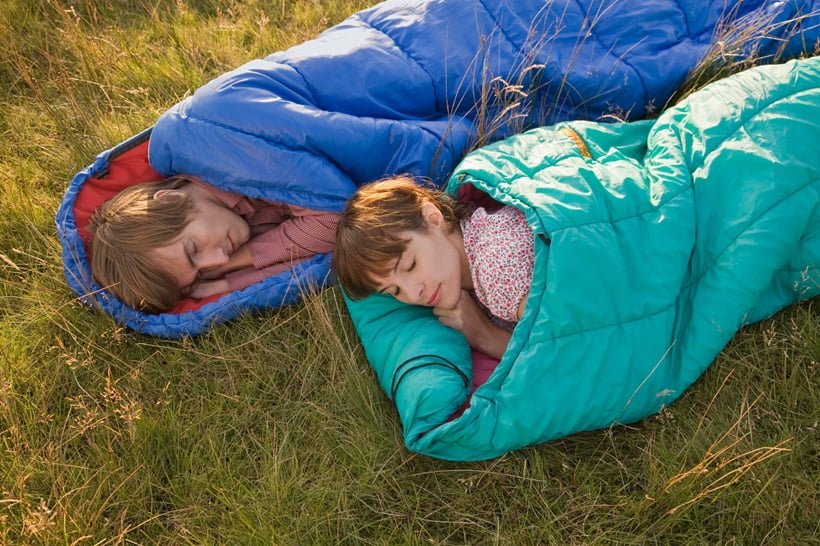
Additional Features You Should Look for
Knowing how to choose a sleeping bag for camping is not about fabric, shape, or insulation. Selecting a sleeping bag with the right features can significantly enhance your camping experience. Check out our additional suggestions below:
Sleeping bag shells made from water-resistant materials protect insulation from moisture, ensuring you stay warm and dry.
A sleeping bag hood can be a game-changer in colder climates, preventing heat loss from your head and keeping you snug.
Zipper features like draft tubes prevent cold spots along the zipper, while two-way zippers offer ventilation options without sacrificing warmth.
Lastly, a stash pocket provides a convenient spot to keep essentials close, such as a flashlight or phone.



